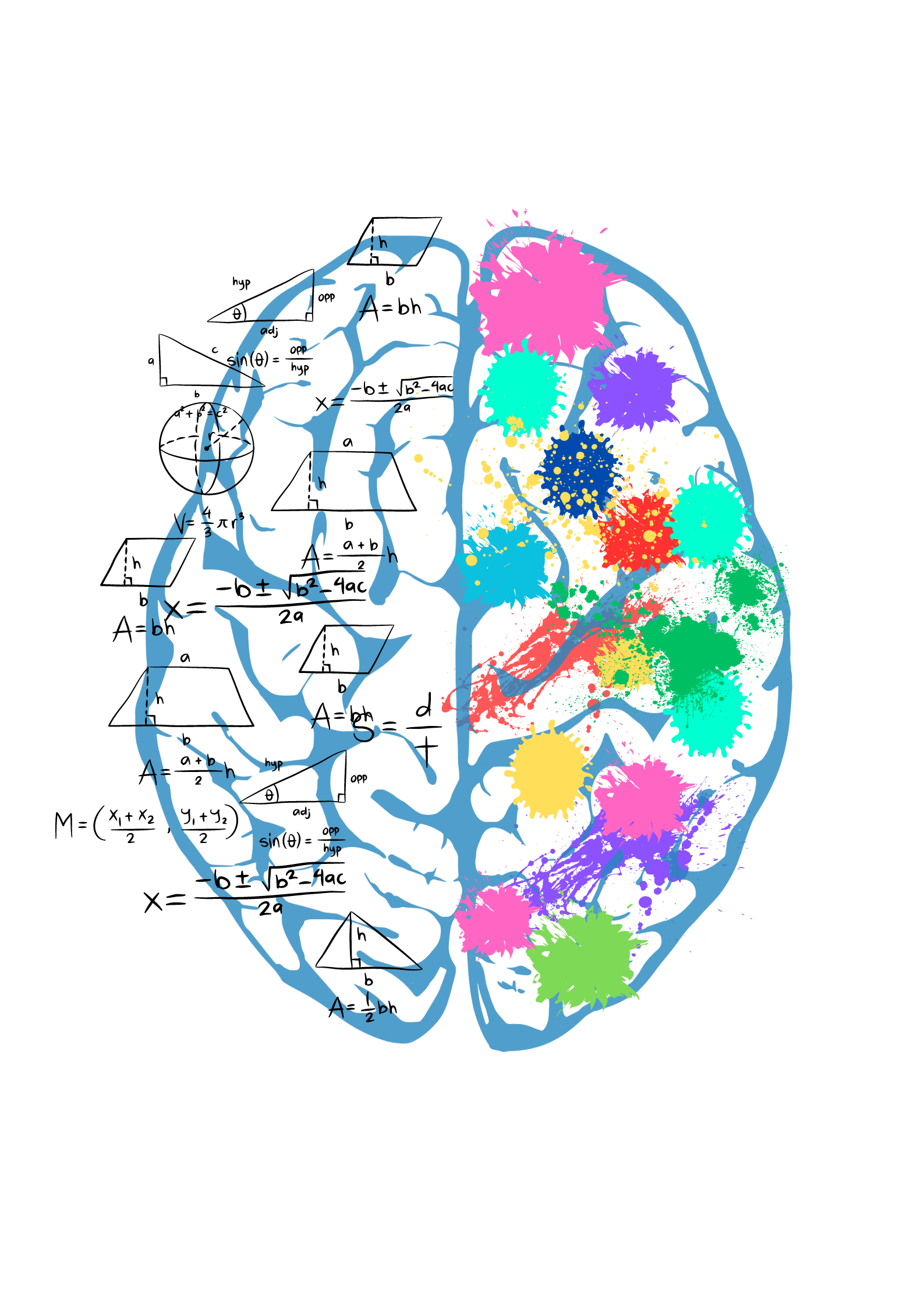Science VS Art

Science and art are two very different fields, each with its own unique characteristics and purposes.
Science is a systematic study of the natural world through observation, experimentation, and data analysis. It aims to understand and explain the laws of nature and the phenomena that occur in our world. Science is often driven by a desire to discover new knowledge, develop new technologies, and improve our understanding of the world around us.
Art, on the other hand, is a creative expression of human emotions, thoughts, and ideas through various mediums such as painting, music, literature, and theatre. Art seeks to evoke emotions, challenge our perceptions, and inspire us to think and feel differently about the world. While art may draw inspiration from the natural world, its primary focus is on the subjective experience of the artist and the viewer.
Using art in engineering is not mandatory, but it can certainly bring added value to the engineering process and the resulting products. Incorporating art into engineering can help to improve the aesthetics of designs, enhance creativity, increase engagement, improve communication, and promote sustainability.
Ultimately, the decision to use art in engineering will depend on the specific context and goals of the project. Some engineering projects may prioritize functionality and cost-effectiveness over aesthetics, while others may require a balance of both. However, in general, considering the aesthetic impact of a design and exploring ways to incorporate art into engineering can lead to more innovative, engaging, and sustainable solutions.
What are your thoughts on the matter? Comment below to share with us your opinion.

